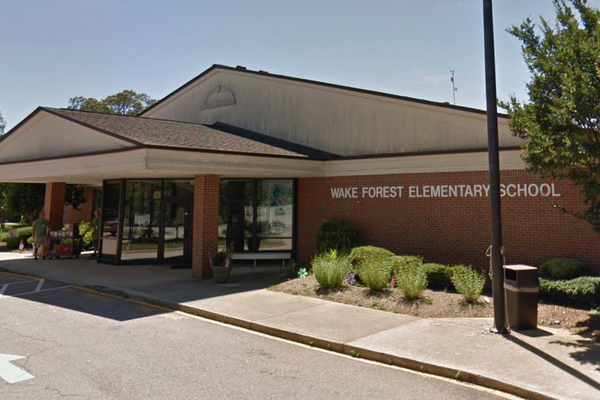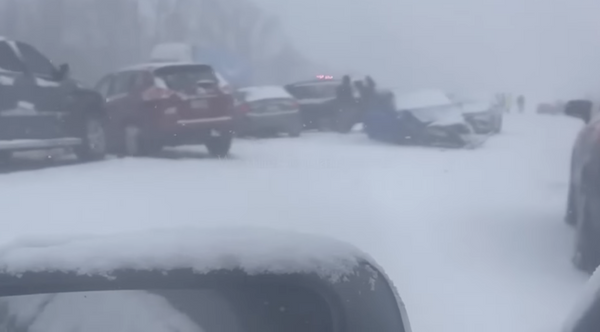
How do I prevent the cheese from clumping in my cacio e pepe sauce?
Samuel, by email
The first thing to note, says Feast’s Italian correspondent Rachel Roddy, is that it’s “so annoying and so common. In fact, a lot of the responsibility lies with recipe writers, because, traditionally, cacio e pepe wasn’t this creamy, emulsified dish that we all make now. It was just cooked spaghetti with cheese on it.”
She continues: “People are so good now at using the pasta cooking water, but that means everything is hotter.” And that right there, she says, is the cause of Samuel’s cheese-clumping plight: “When cheese gets too hot, the solids lose their fat and liquid, and turn into these horrid little blobs.” The line between melted and coagulated is a fine one, too: “It’s probably only a couple of degrees.”
Tim Siadatan, co-owner of Trullo and Padella, both in London, and author of Padella: Iconic Pasta at Home, uses parmesan in his pici cacio e pepe because it’s not that easy to melt: “It’s a very hard, dry cheese with a high protein content, and it’s that combination of characteristics that makes it difficult to melt, especially compared with the likes of mozzarella, which is soft, high in moisture and fat, and low in protein.” To avoid those clumps and potential grainy texture, Siadatan first grates the parmesan (or pecorino) finely (“this will enable it to melt”), but doesn’t then leave it anywhere too warm, “otherwise it will start to sweat, stick together and form little balls even before you try to melt it”.
To beat the heat, chefs in Rome often throw grated ice into the pan along with the cheese, Roddy says, although she prefers to play it “really safe” by mixing cold water with the cheese and pepper in a cool bowl to a toothpaste-like consistency. The combination of the cold cheese mix and hot spaghetti gives a “pretty reliable, creamy cacio e pepe, because it never gets too hot”. As in life, it also pays to wait a beat: “You can go from lovely and melty to blobby in a second,” Roddy warns, so she always counts to 10, 20, even 30 before lifting her pasta (plus any residual cooking water) into the sauce: “It will then be just that little bit cooler.”
Siadatan’s sauce strategy, meanwhile, involves keeping the pan over a medium-low heat. “If you add all the cheese at once, it will clump before it’s had time to melt, so add a small handful at a time and stir to create a smooth sauce.”
But don’t let your cheese fly solo: “To create a velvety sauce, you need liquid, such as water, butter, egg yolks or cream, for the cheese to melt into.” Mateo Zielonka, author of Pasta Pronto, concurs: he grates his cheese into a butter emulsion on a low heat, though if he’s making, say, fettuccine alfredo, he pulls the pan off the heat before adding the parmesan in two batches, “otherwise it goes stringy”.
And if disaster does strike, can you rescue it? “Some say you can by adding more cheese, a bit of cold water and really beating it,” Roddy says, but if that doesn’t do the trick, she’d be inclined simply to embrace failure: “Making a mistake and watching that cheese coagulate is the first step, because then you can see what happens when it’s too hot and when it’s colder.” Well, every day’s a school day.
Got a culinary dilemma? Email feast@theguardian.com







